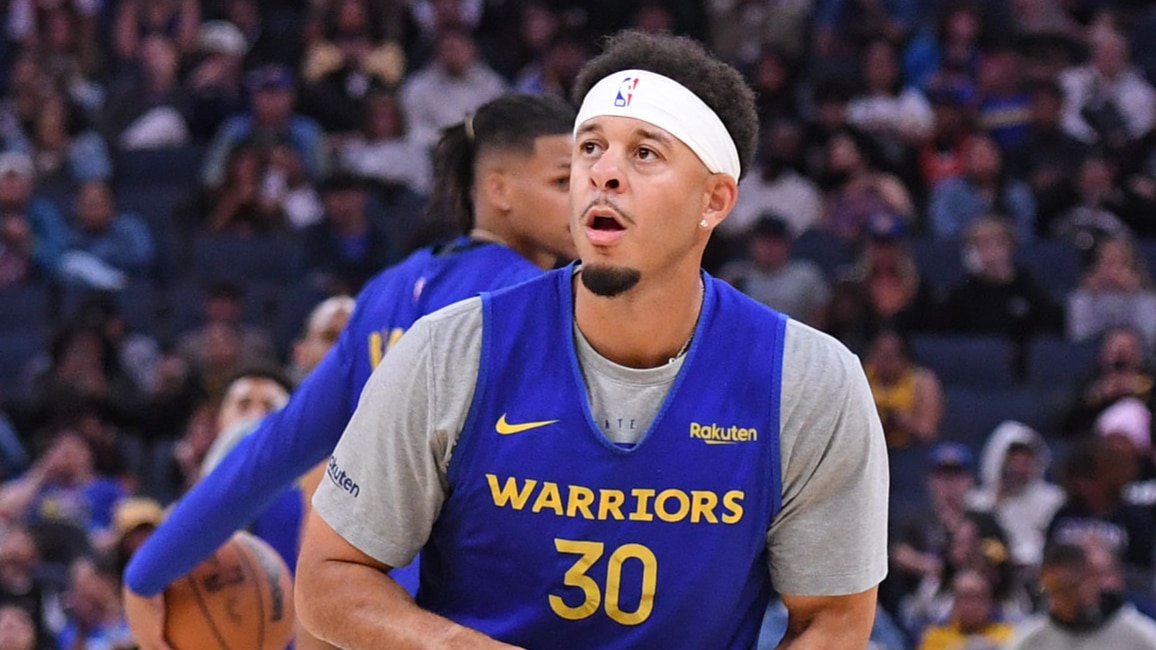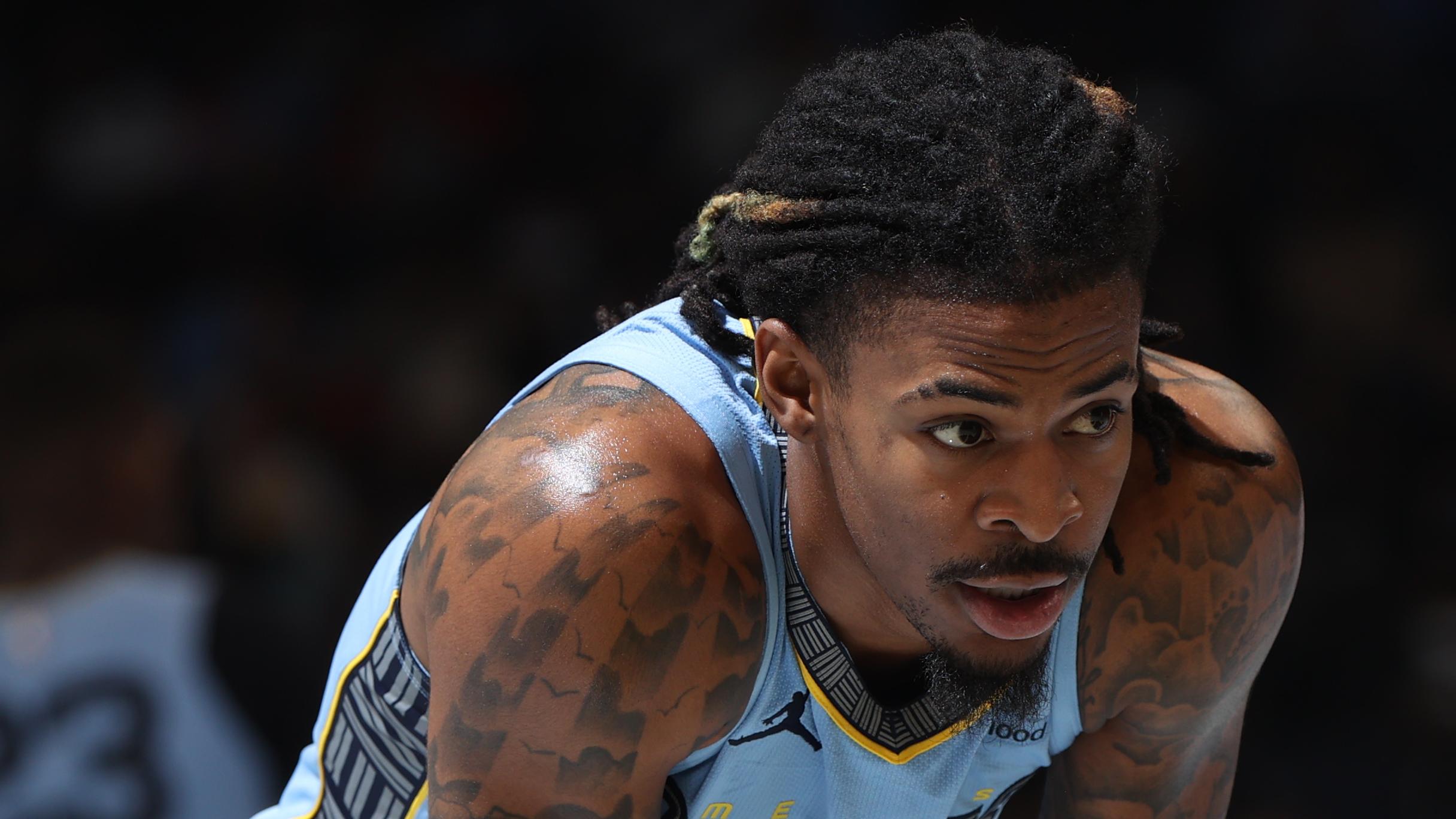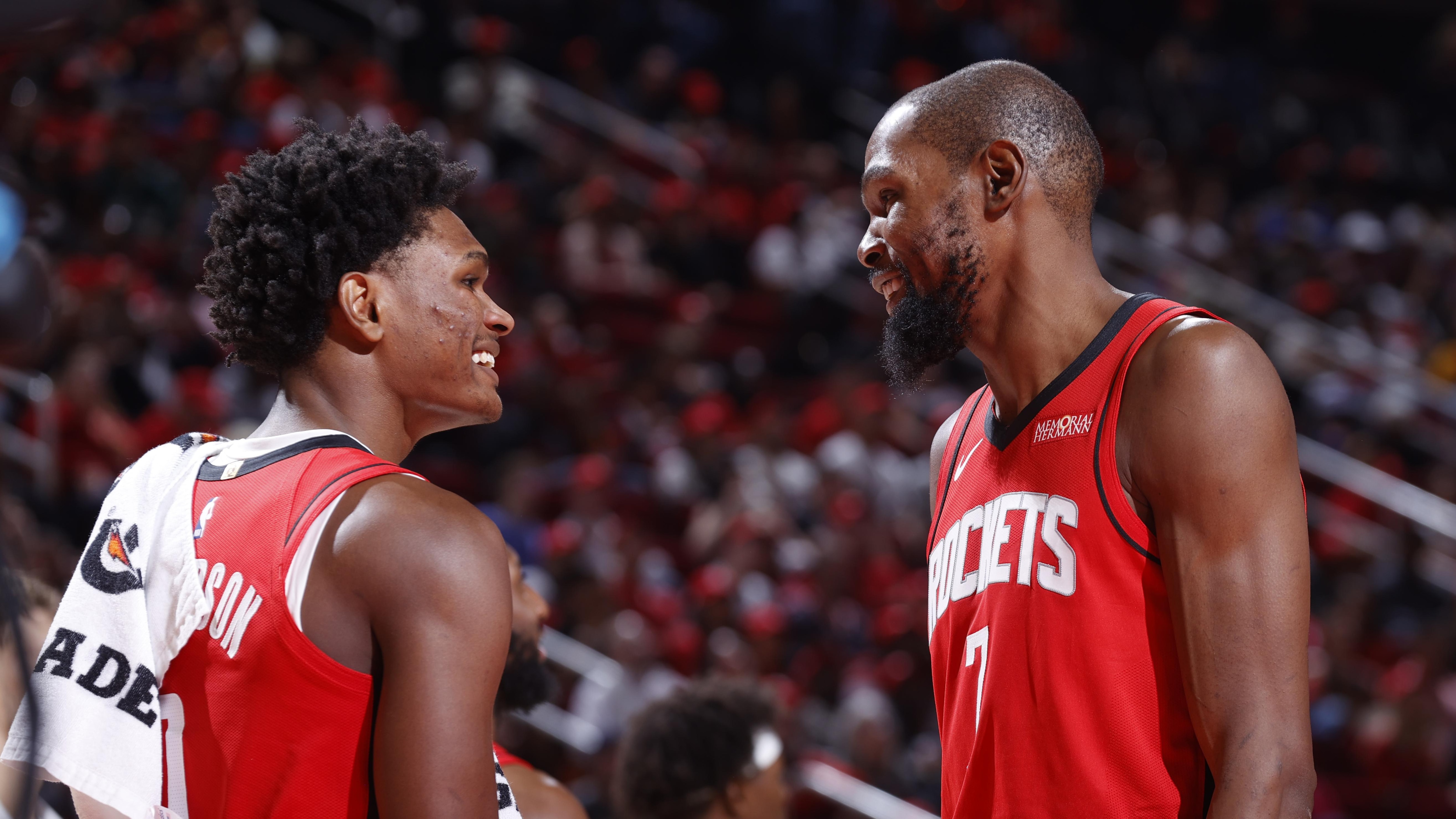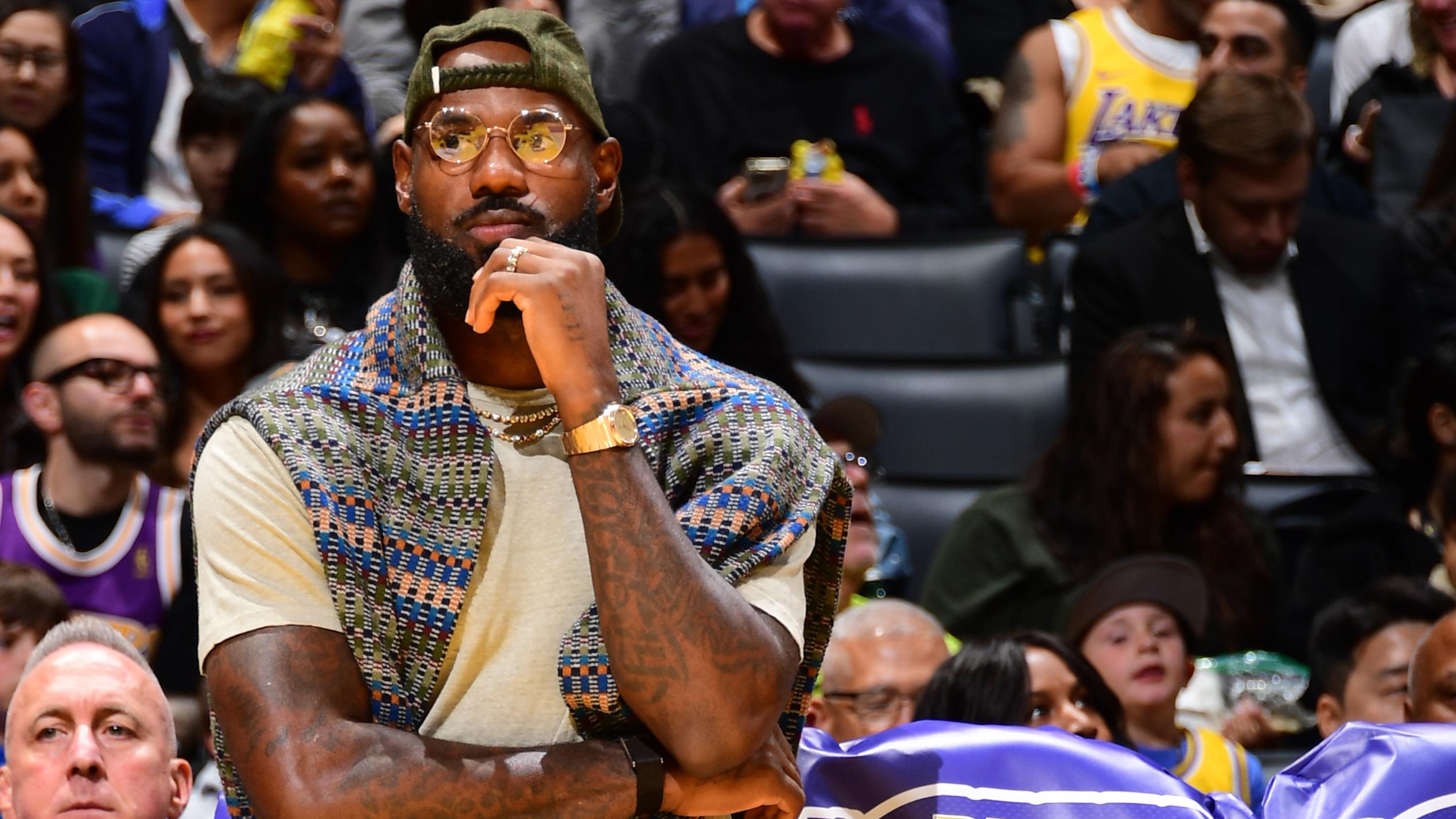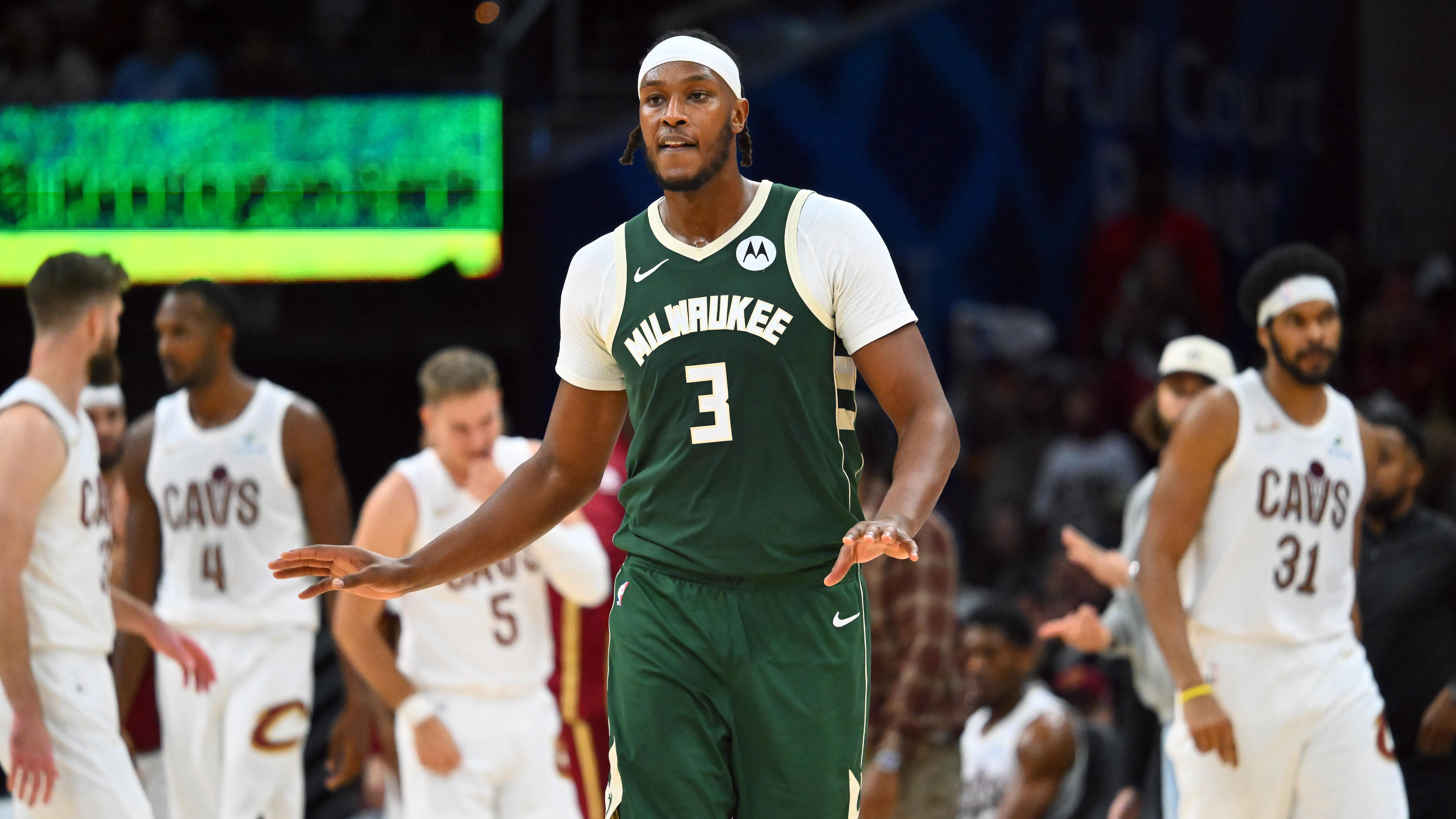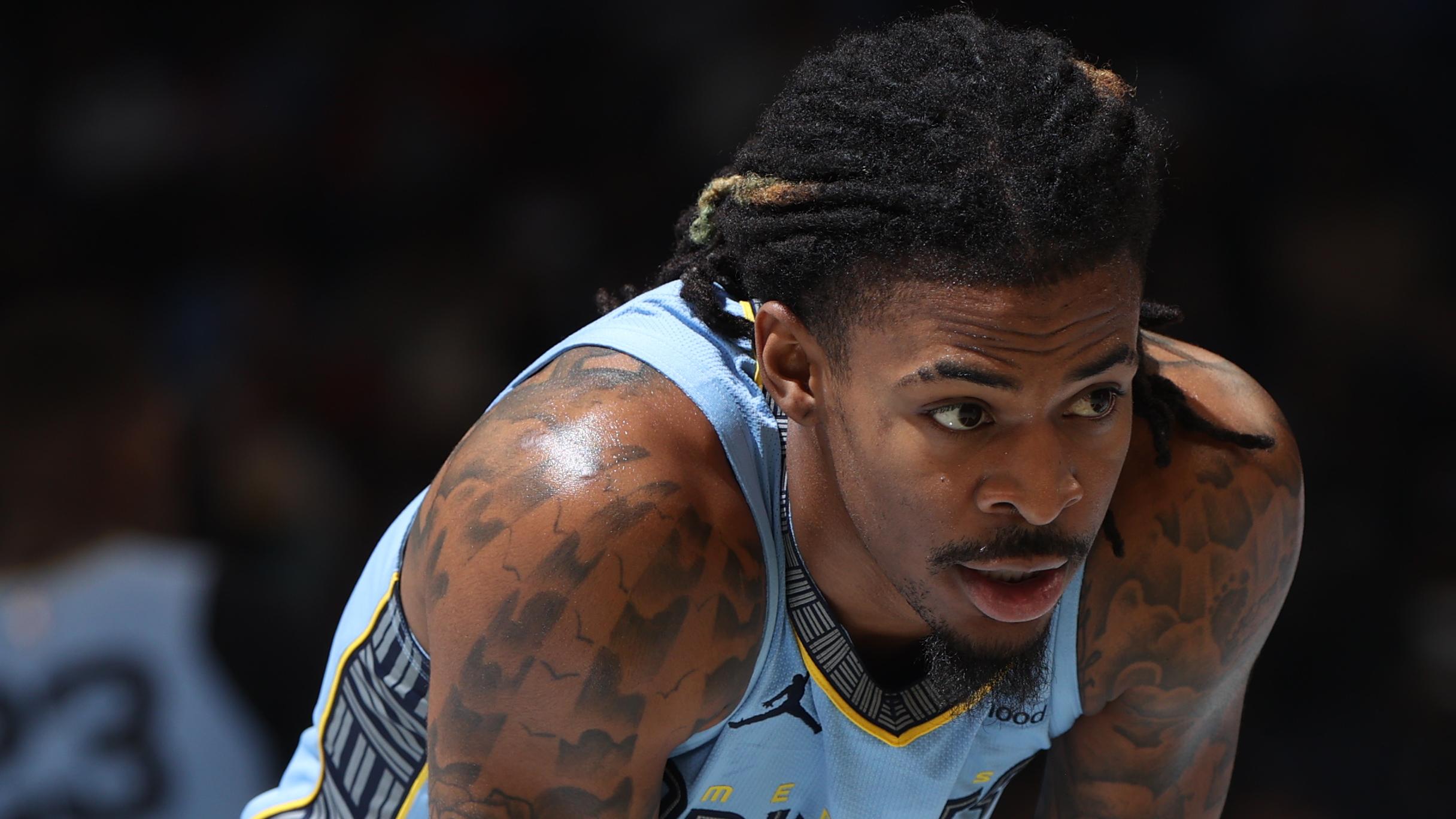Featured Video
Giannis Trolls Pacers Crowd 👎
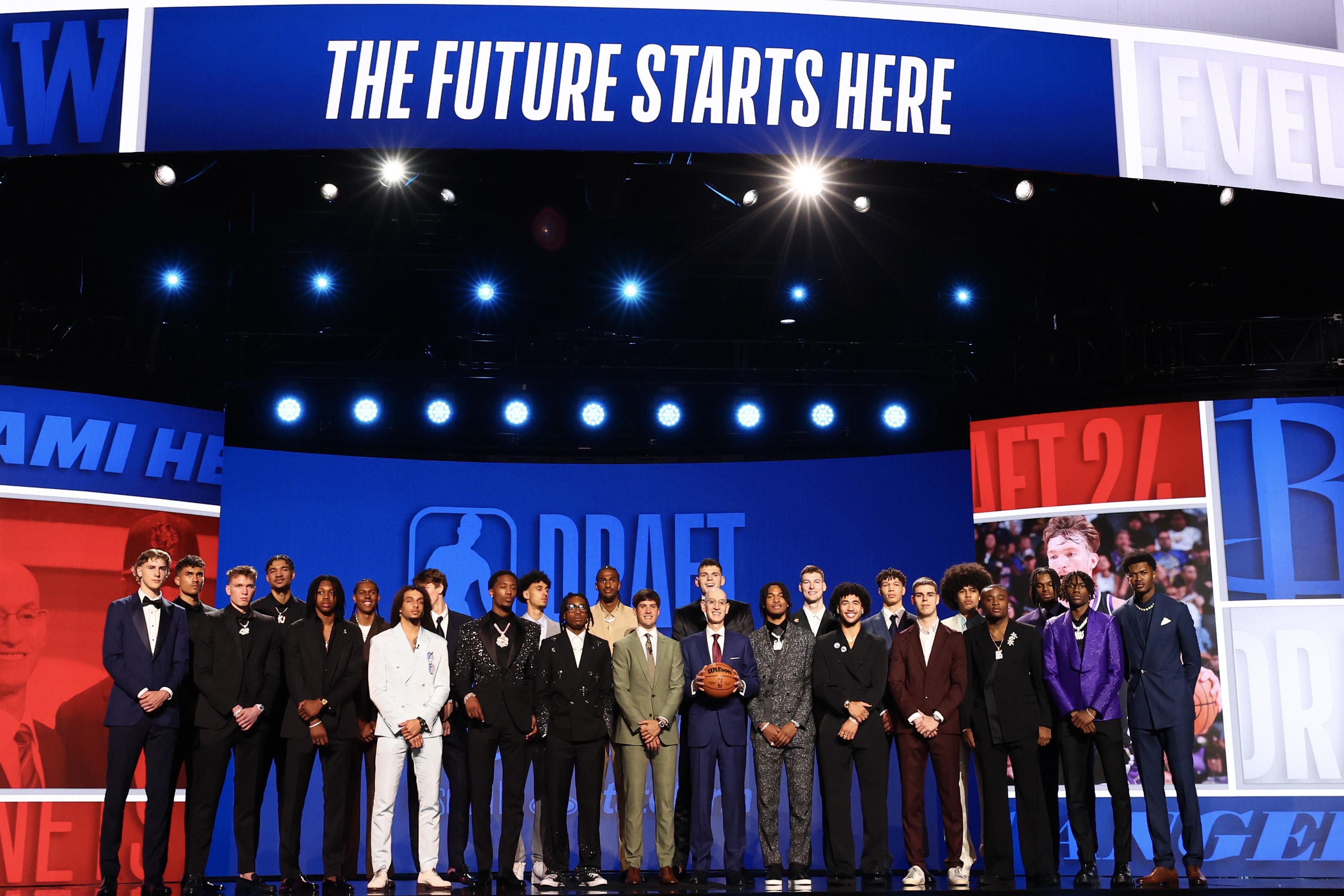
How NIL in College Basketball Is Changing the NBA Draft
In 2021, the NCAA began allowing college athletes to earn money via their name, image and likeness (NIL) rights. Millions upon millions of dollars flooded in soon thereafter, which drastically changed the college basketball landscape.
It's having trickle-down effects on the NBA draft as well.
Now that players can make millions of dollars while staying in college, many of them feel less financial pressure to jump to the NBA. The top lottery picks are in line for eight-figure annual salaries, but the decision might not be as clear-cut for players further down in the first- or second-round mix.
That puts NBA teams in a difficult spot, as the talent pool may thin out more quickly relative to past years. Some are "wondering how effectively they will be able to assemble summer league and G League rosters" this offseason with that in mind, according to ESPN's Jonathan Givony.
These won't necessarily be permanent changes. But for now, NIL is wreaking havoc on the latter half of the NBA draft.
More Players Heading Back to School
1 of 7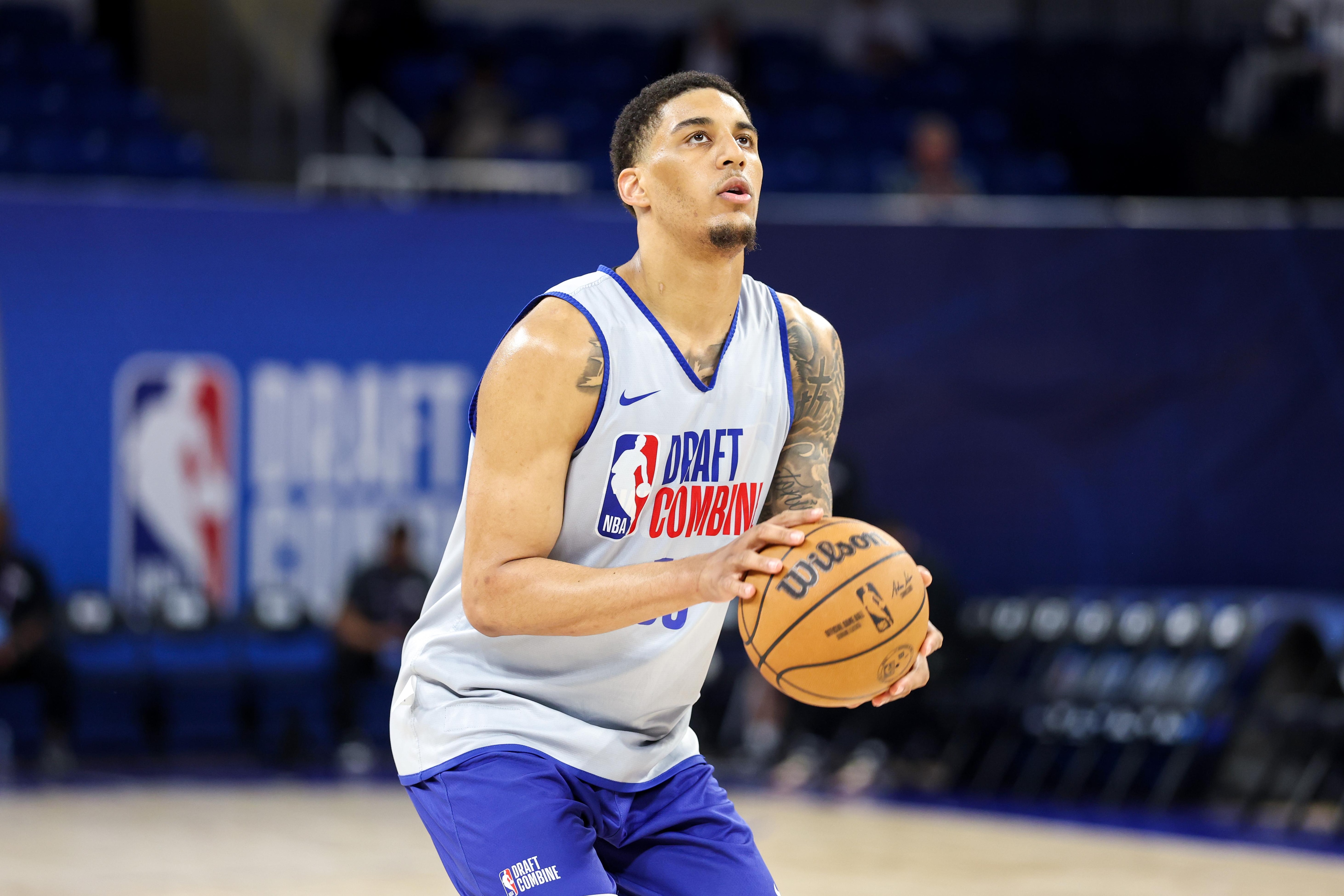
This year, 106 collegiate underclassmen originally filed as early-entry candidates to the NBA draft. That was the lowest number since 2015, according to ESPN's Jonathan Givony. Two years ago, 242 players filed as early-entry candidates, and an NBA-record 353 players did so in 2021 (in part due to COVID-19 waivers).
NIL appears to be fueling that shrinking talent pool.
"While it was a factor in the past two drafts, this is the first one where the money has become huge enough that it radically alters the calculus for all but the top 15-20 picks," John Hollinger of The Athletic wrote in mid-May. "For anyone else, it would be extremely unwise to turn down a multi-million-dollar NIL check for the uncertainty of being a second-round pick in the NBA."
Michigan transfer Yaxel Lendeborg is emblematic of this new trend. B/R's Jonathan Wasserman had him as a late first-round prospect after the draft lottery, but Lendeborg wound up going back to college, where he had "an offer north of $3 million" awaiting him, according to longtime NBA insider Jake Fischer.
Prior to his decision to withdraw, Lendeborg told Givony how he was approaching the draft process with that financial fallback plan in mind.
"I'm focused on the draft process and making the NBA right now," he said. "I want a guaranteed contract. That's the biggest thing, make sure I am in a good spot. I would prefer to play college basketball in Ann Arbor than be in and out of the G League on a two-way. I want to find a safe spot."
A number of potentially draftable players wound up withdrawing before the deadline to do so in late May, which further scrambled the bottom of the draft board.
Weak Second Round
2 of 7
The top of the 2025 NBA draft is still loaded. Cooper Flagg would be the No. 1 pick in plenty of years. Dylan Harper has multi-time All-Star potential as well. And Ace Bailey, VJ Edgecombe, Tre Johnson and Kon Knueppel could all develop into long-term NBA starters.
The draft thins out further down in the first round and into the second round, though. Although predraft riser Cedric Coward decided to stay in this year's draft, players like Boogie Fland, Isaiah Evans and Miles Byrd all elected to return to college.
That puts more of an onus on teams' scouting departments to unearth hidden gems later in the draft.
"We all understand the new trend with NIL, and it's up to our scouting and analytics team to really dive in now and find those gems in the second round," an NBA executive told Krysten Peek of Hoops HQ. "It's time to go to work for a lot of us with the amount of talent that decided to return to school."
Given the draconian restrictions that the NBA's new collective bargaining agreement imposes on expensive rosters, finding a diamond in the rough late in the draft is enormously valuable. Locking up such a player on a cheap, multiyear contract can be legitimately franchise-changing. But with more players returning to college to cash in on their NIL rights, there's a thinner pool of talent for NBA teams to wade through.
As a result, teams with strong scouting departments may have a huge advantage over the rest of the league.
Trades Galore?
3 of 7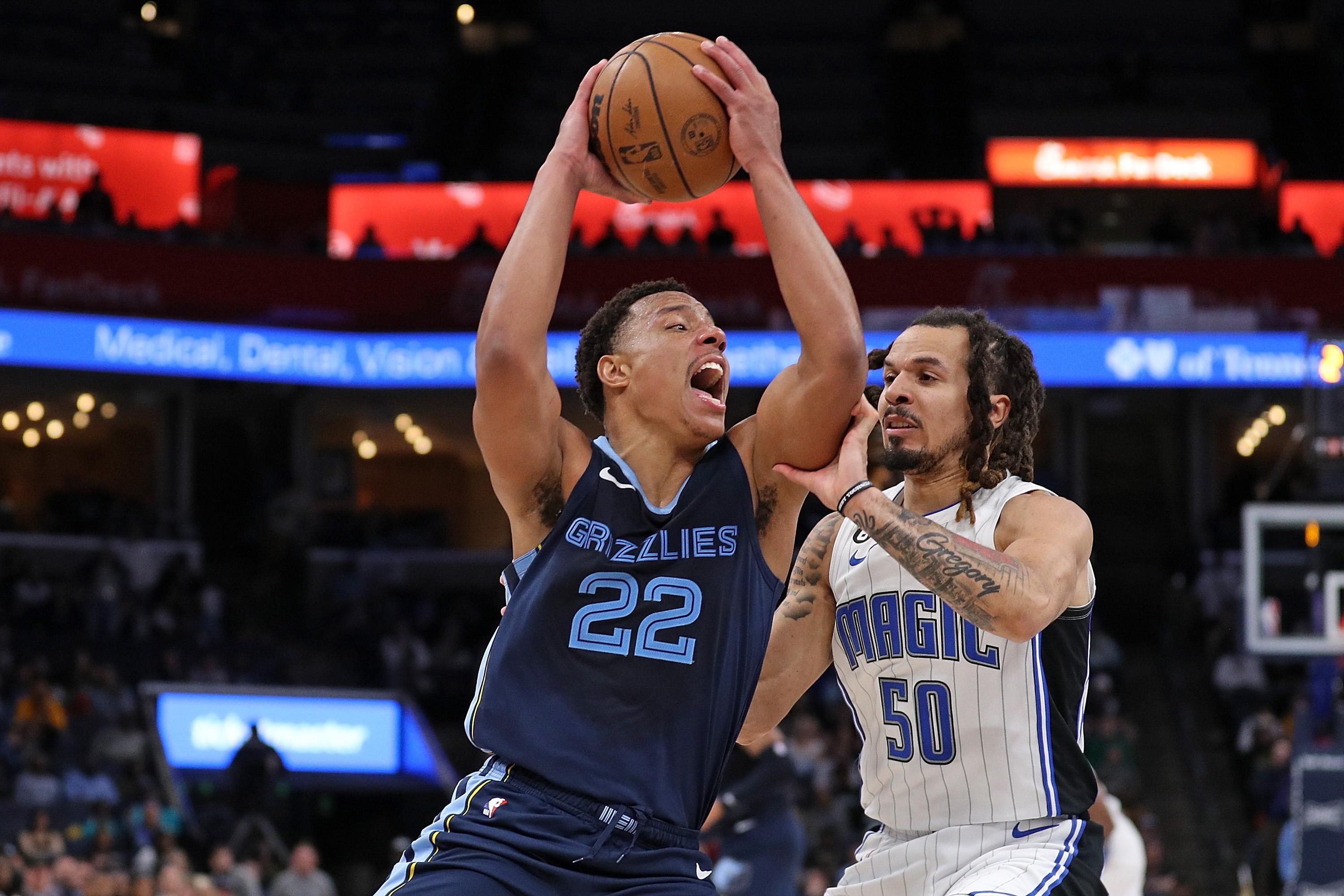
We already saw one mid-first-round pick change hands when the Orlando Magic traded for Desmond Bane. That may wind up being the first of many on the move.
"There’s been lots of chatter leaguewide, actually, about the majority of picks from Nos. 20-30 being available for trade in this draft," longtime NBA insider Jake Fischer recently wrote at The Stein Line Substack. "… At this juncture of the process, it all appears very fluid at the end of the first round for this draft class, with numerous prospects ranging from Nos. 20-60 having returned to college to seize upon NIL riches."
First-round picks tend to be valuable currency in trades, but the talent drop-off due to NIL could affect what teams are able to fetch with them. John Hollinger of The Athletic wrote that late first-round and early second-round picks are likely "to carry less trade value than in other years."
There still is value in getting a young player locked into a four-year, cost-controlled rookie-scale contract, even if he isn't the same caliber of prospect typically available in his draft range. Teams near the aprons may be inclined to acquire more picks, particularly if they come at a discount because of NIL's impact on the depth of the draft.
However, teams with multiple first-round picks might not be able to package those selections to move up the board as much as they'd like. If the prospects later in the draft aren't nearly as strong as they have been in past years, acquiring an extra pick in that range isn't likely to justify a substantial trade down.
More Draft Promises Coming?
4 of 7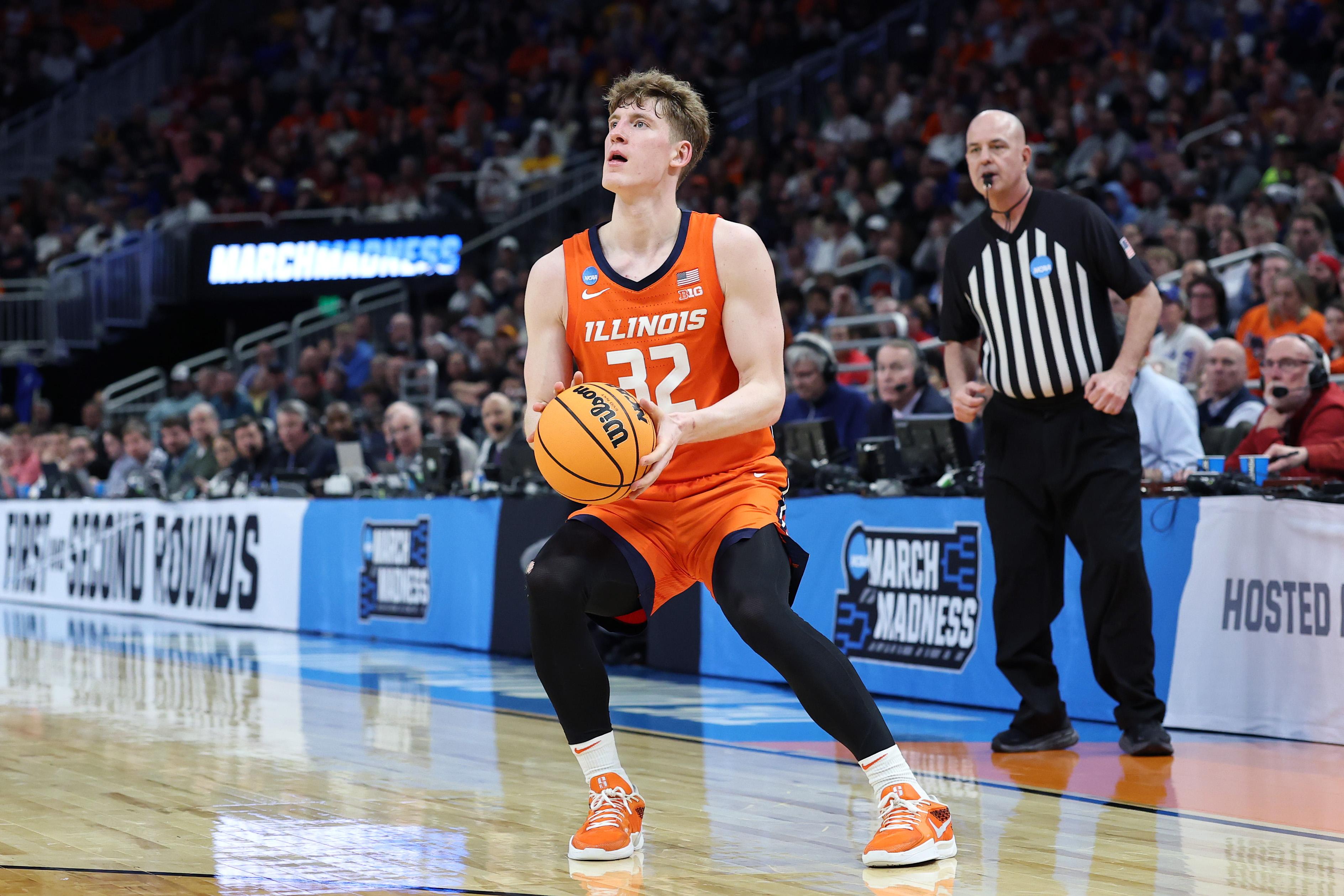
With more prospects electing to return to school because of NIL, NBA teams may be wondering whether they can do anything to reverse that trend. The answer might involve issuing more draft promises.
Every year, at least one or two prospects abruptly pull out the predraft workout circuit and shut themselves down until draft night. That's often because a team has promised to pick them if they're still on the board at that spot, and the prospect is comfortable with the team fit, the draft slot or both.
This year, there's some suspicion that Illinois guard Kasparas Jakucionis has a promise.
"There hasn't been a single word out on him," Hoops HQ's Krysten Peek recently wrote. "His draft range is anywhere from 6-16, and there's a feeling that he left the draft combine with a promise."
Draft promises aren't binding, so some prospects might not be willing to gamble on keeping their name in the draft unless they get assurances from multiple teams. However, any team that reneges on a promise would risk ruining their reputation with the prospect's agent, which could affect other moves of theirs down the road. (In other words, that isn't likely to happen.)
If a prospect has a guaranteed NIL bag awaiting him in college, promising to take him at a draft slot that pays him even more might be the best way to keep him in the draft.
House v. NCAA's Impact
5 of 7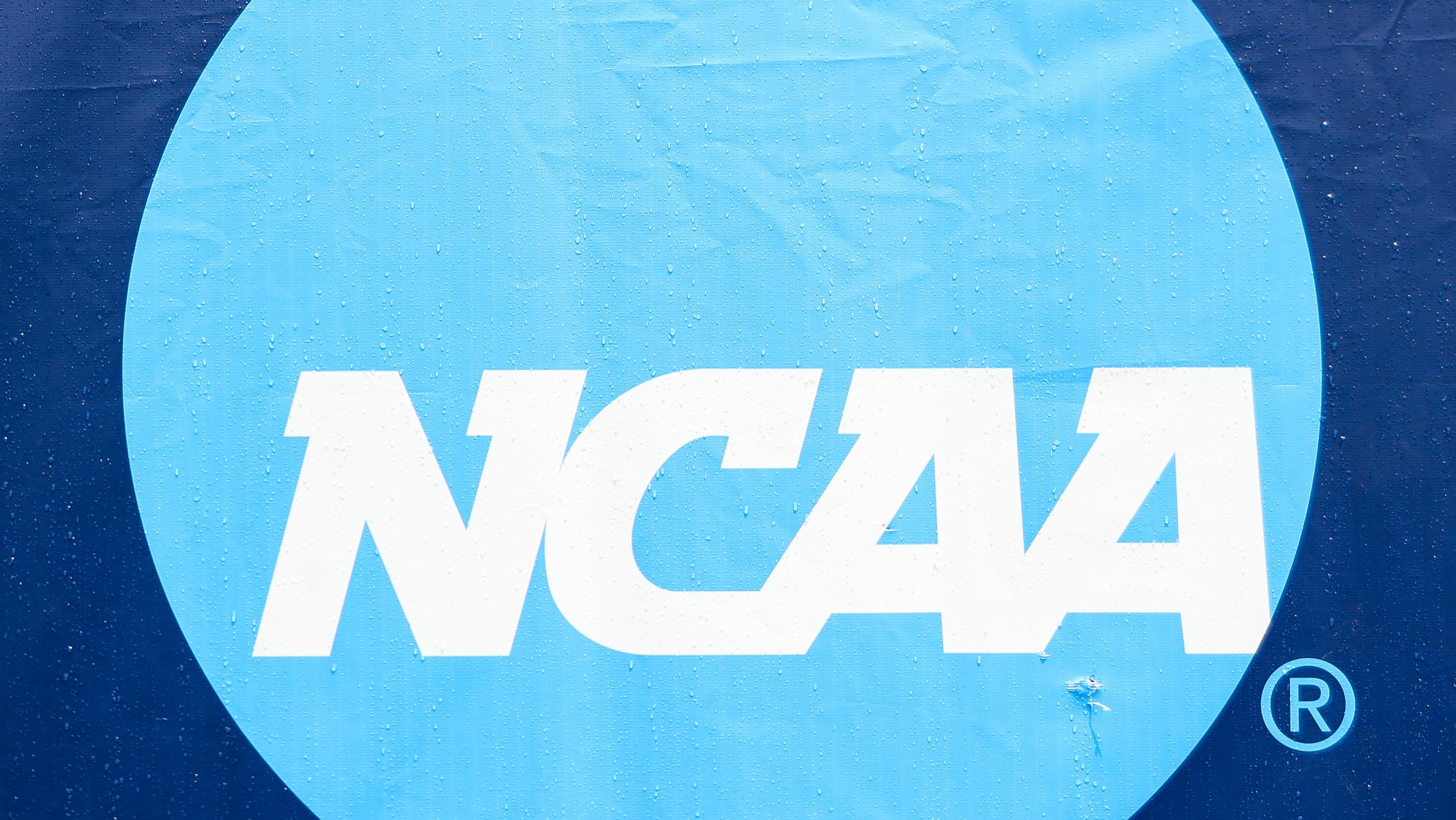
In early June, a judge finalized a settlement that will allow colleges to begin directly paying student-athletes. Starting on July 1, they'll be allowed to distribute up to 22 percent of the Power Five schools' average athletic revenues, which projects to be roughly $20.5 million in 2025-26.
Big 12 Commissioner Brett Yormark recently said that some schools will likely distribute around 75 percent of that pool to their football program, 15 percent to men's basketball, 5 percent to women's basketball and 5 percent to other Olympic sports. However, mid-major schools without huge football programs could allocate more money toward basketball, which could give them a leg up on recruiting.
As part of the settlement, the NCAA is also partnering with the College Sports Commission to ensure that all NIL deals worth $600 or more "are made with the purpose of using a student-athlete's NIL for a valid business purpose and do not exceed a reasonable range of compensation." That could drastically change the types of deals that student-athletes are allowed to receive moving forward.
None of these changes will affect the 2025 NBA draft, but they could have major implications for the 2026 draft and beyond.
Short-Lived Changes?
6 of 7
The House v. NCAA settlement looms as a massive wild card regarding how NIL could affect the NBA draft moving forward. However, every player's collegiate eligibility runs out at some point, so those prospects will enter the draft eventually.
"Most believe this is a temporary bottleneck (one caused by the abnormal amount of money) that will clear in the next year or two as the players who elected to return to school this year exhaust their NCAA eligibility," ESPN's Jonathan Givony wrote. "This should ultimately lead to an older, more pro-ready crop of rookies in the future, too—arguably with additional cachet among casual fans who have more time to learn about the biggest college basketball stars."
Givony isn't the only one who feels that way, either. John Hollinger of The Athletic expects it to last until "around 2028 or so, when we get enough of a wave of talented fifth-year seniors coming into the league that it offsets the lack of sophomores and juniors."
"A few years from now, I believe the cycle will catch up in a big way—resulting in deeper drafts filled with players who are more polished, better coached and simply ready to go," Matt Babcock of Babcock Hoops wrote. "We’re moving toward an era where college rosters are older, more experienced and professionally operated. And that change will trickle down into the draft—especially in the second round."
Granted, that still could affect how teams approach the draft for the next few years at least.
Long-Term Strategy Shifts
7 of 7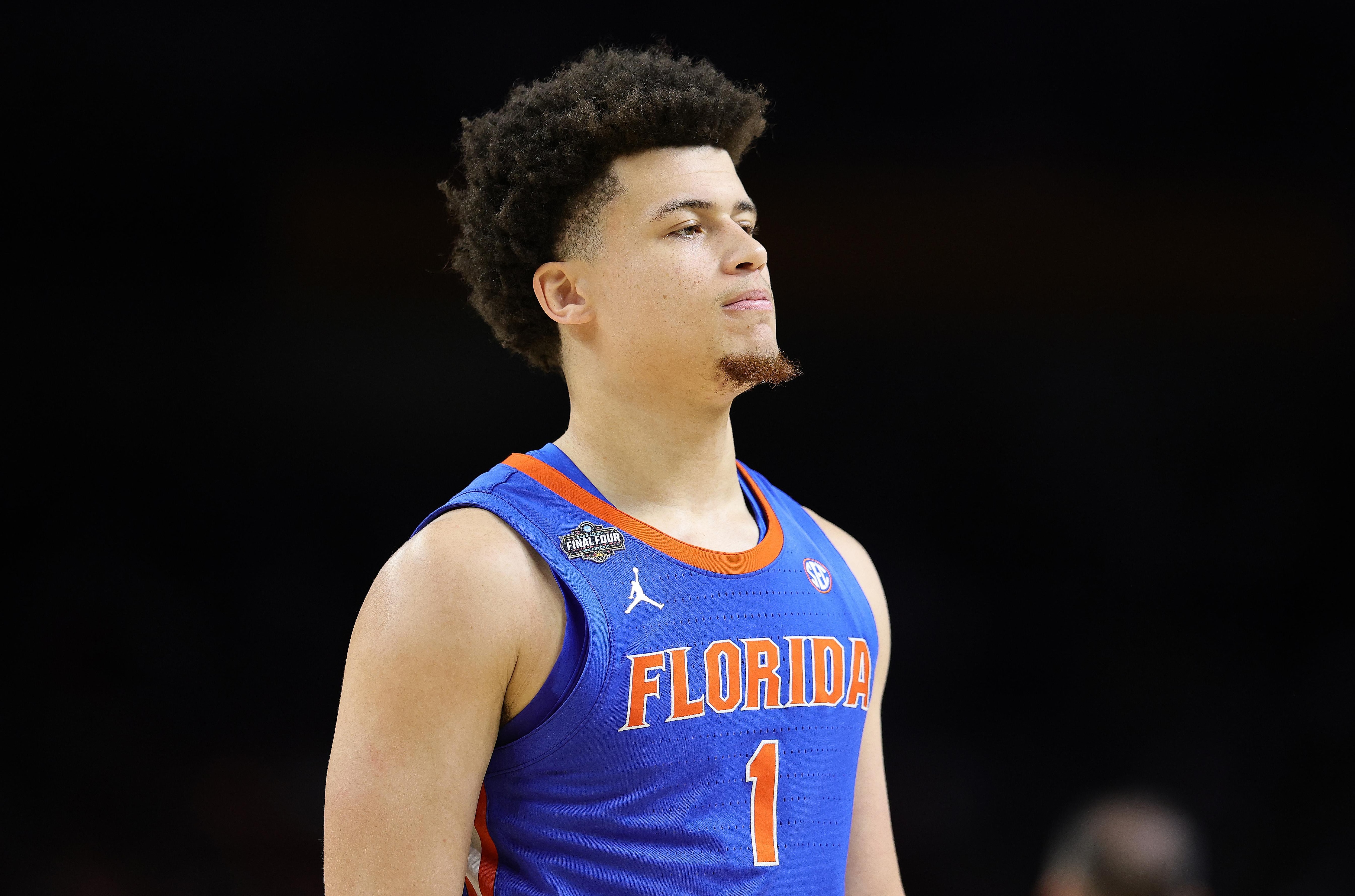
Many teams tend to favor young players with untapped upside over older prospects with higher floors but lower ceilings. However, Givony noted that "players staying in school can't be frowned upon for 22- and 23-year-olds as it was in the past" because of NIL.
"Analytics-oriented NBA executives are trying to determine whether—and to what extent—they should be tweaking their draft models to account for this new reality, which is very different than what they built their formulas on using data from the past decade or two," he added.
It bears watching whether the draft-bust rate declines if more players go back to college and hone their skills there. If there's a higher volume of experienced, pro-ready players in the draft moving forward, that could behoove both the NCAA and NBA alike. But it's clear that NBA teams will have to adjust how they approach the draft unless underclassmen begin leaving college en masse again.
"Players staying in college for three or four years until they're 22 is no longer a deal-breaker for NBA teams—and that's a result of both NIL and the transfer portal," ESPN's Jeff Borzello wrote. "Danny Wolf blossomed into a likely first-round pick after transferring from Yale to Michigan. Nique Clifford wasn't on the NBA draft radar until he transferred from Colorado to Colorado State while Walter Clayton Jr.'s profile rose after transferring from Iona to Florida—both withdrew their names from the draft last year and now have first-round projections."
If fringe first-round prospects return to college to cash in on their NIL rights while continuing their development, it could ultimately be a win-win for both the NCAA and NBA. However, the next few draft classes could be more top-heavy than usual until the players who went back to school exhaust their collegiate eligibility.
